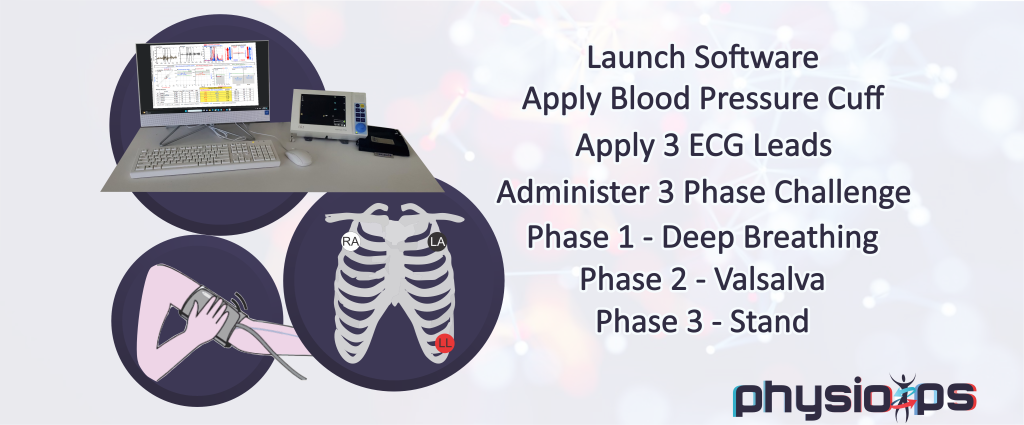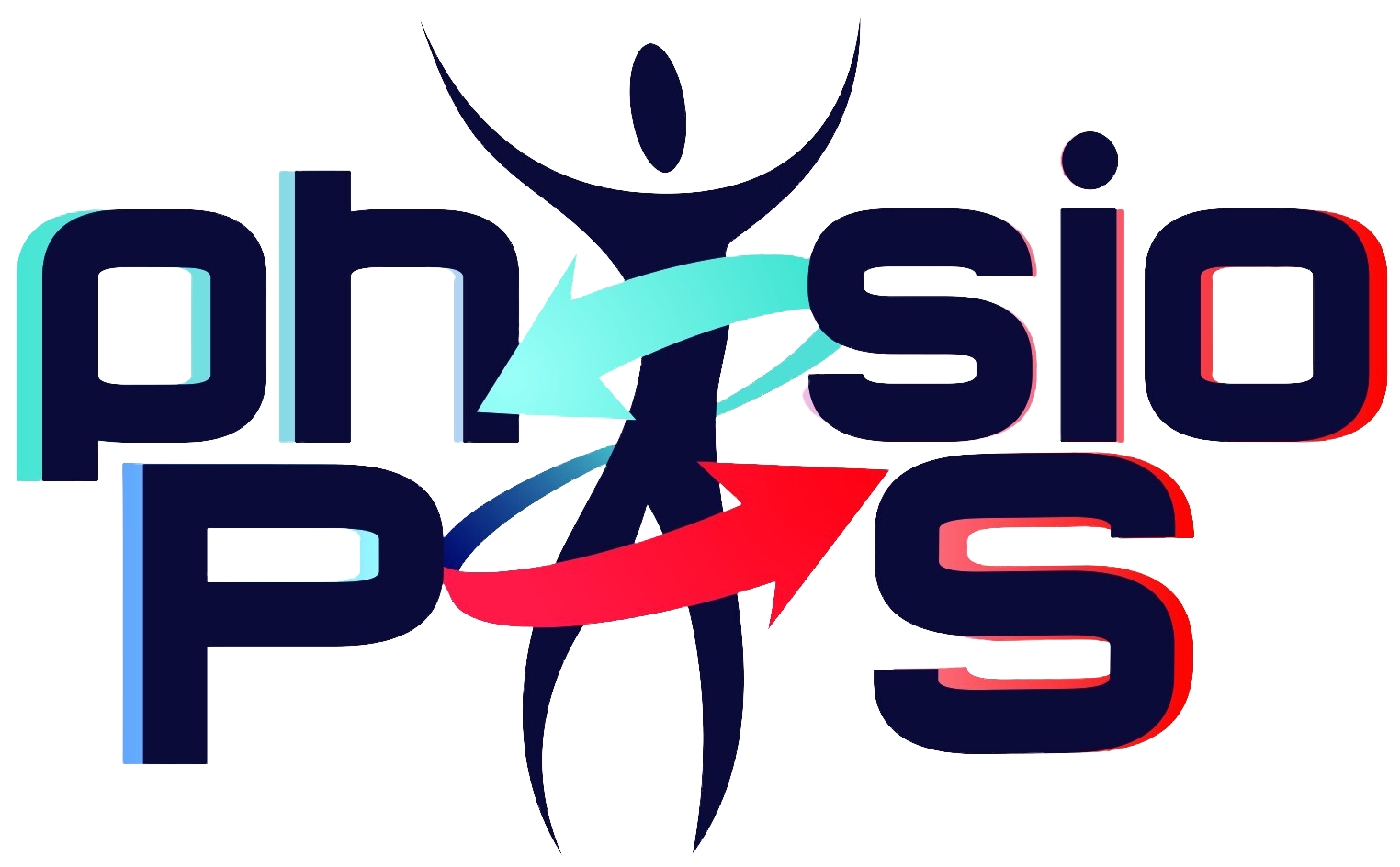
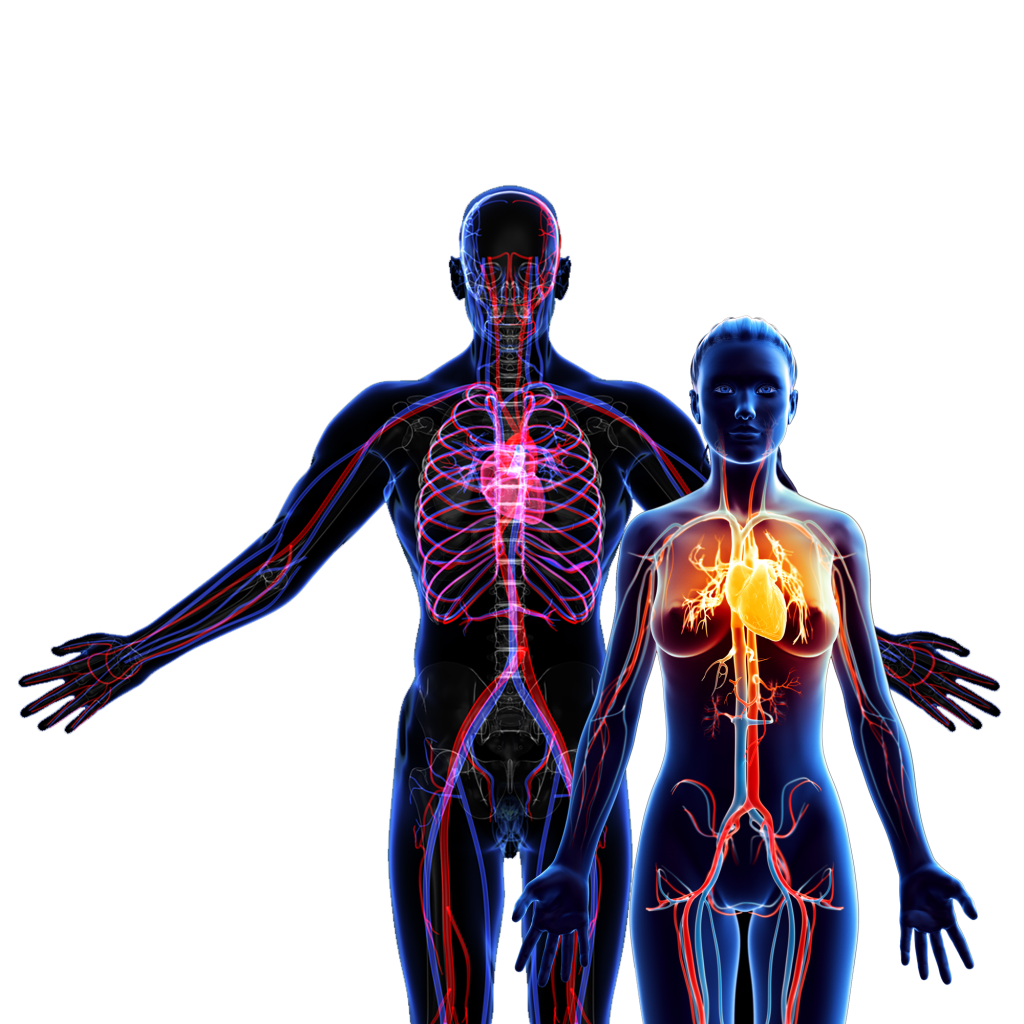
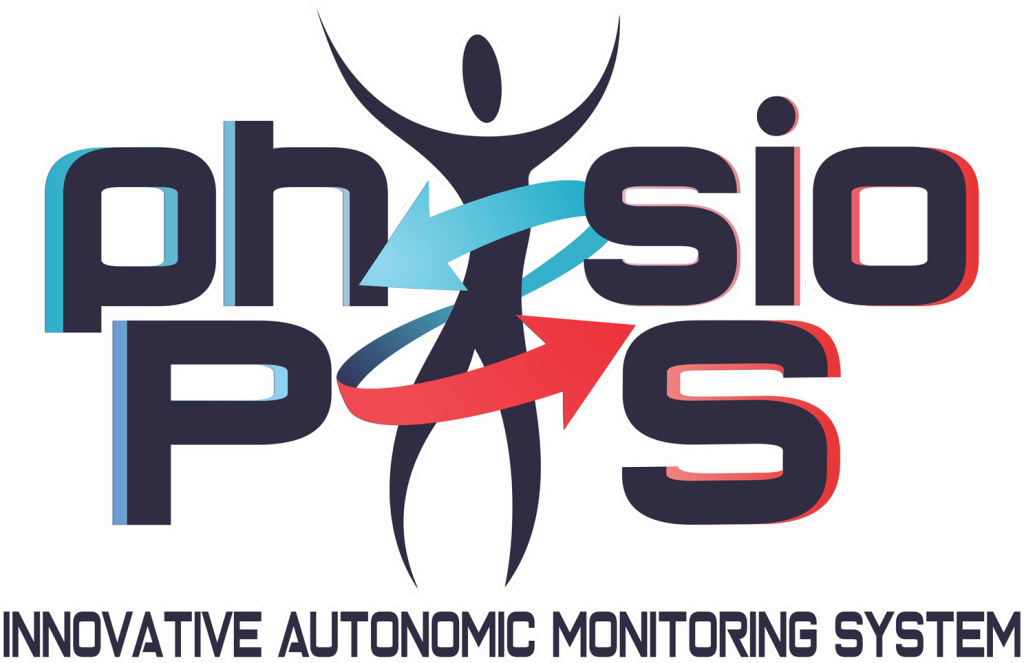
Providing physicians and healthcare providers more information to improve their diagnostic capability and prioritize therapy planning for a broad spectrum of diseases, such as:
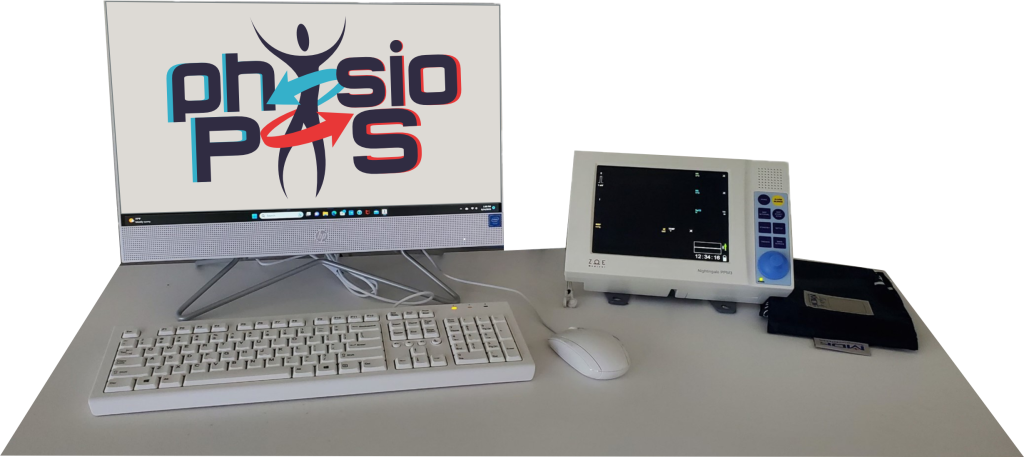


Wide Spanning Applications
- Medical Doctors
- Cardiologists, GPs, Pain Management, Trauma, Psychologists, etc.
- Urgent Care Clinics
- Effectively treat anxiety and fatigue when patients can't be treated by normal hospital visits
- Insurance Companies/Corporate Organizations
- Health assessment programs to reduce risk and save cost
- Assisted Living, Nurse Care, Independent Living
- Identify potential fall victims, more effectively manage medications
- Veterans Administration
- Addiction, PTSD treatment
- Fitness Centers
- Add physiological measurement to health assessment programs
- Sports Medicine
- Concussion detection and treatment, increased performance outcomes
Multi-Parameter Graph Report
Equipped with state-of-the-art autonomic monitoring tools, Physio PS is able to provide its clients with unparalleled insights into their autonomic nervous system function.
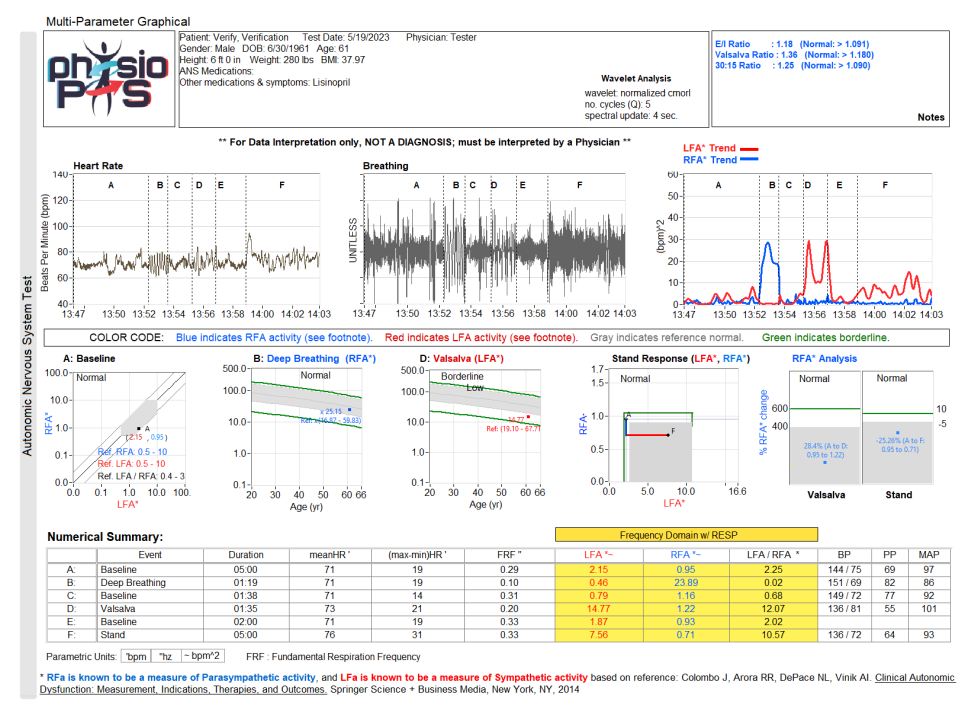
Improved Outcomes
Physio PS provides the most innovative option for P&S testing on the market. This integral component of the clinical evaluation of patients with autonomic disorders can improve outcomes in a vast area of patient care. Most drugs and diseases affect only one of the two autonomic branches. P&S monitoring quantifies the individual patient’s responses to disease and therapy. Quantitative data of both P&S branches enables a more scientific approach to individualized healthcare, potentially reducing medication load, hospitalization, and re-hospitalization, and promoting preventative, proactive healthcare, thereby reducing healthcare costs both to patients and the nation.
Provider Focus
Our technology is able to provide physicians more information to improve their assessment and prioritize therapy planning for a broad spectrum of diseases such as heart disease, hypertension, diabetes, depression, anxiety, COPD, orthostatic intolerance, syncope, exercise intolerance, disorders of the brain (e.g. brain injury, including concussion) and nervous system (e.g., MSA, Alzheimer’s, Parkinson’s), sweating abnormalities, hormone imbalances, and early detection of sepsis.
Patient Focus
Living with autonomic dysfunction can be challenging. But imagine a world where technology empowers you to take control of your health. Physio PS is dedicated to making this vision a reality. We provide state-of-the-art autonomic monitoring software that allows patients to track their symptoms, monitor their progress, and gain insights into their condition.
Physio PS Provides The Ability to Test Autonomic Patients with a Simple & Non-Invasive 15 Minute Monitoring Session
